In what was supposed to be a simple XI layout showing the best players not at the Women's World Cup -- standard pre-tournament fare to whet the appetite for upcoming fun -- the list of stars that had simply missed out on their place in the respective 23-player squads became much, much longer.
Soon a blank piece of paper had over 50 names on it, and that was before thinking of those whose nations failed to qualify -- from Poland striker Ewa Pajor to Chile goalkeeper Christiane Endler and Austria midfielder Sarah Zadrazil. Scotland and Wales both missed out, meaning there will be no playmaker Caroline Weir, midfielder Erin Cuthbert or midfielder Jess Fishlock; without Mexico, there will be no defender Rebeca Bernal or midfielder Lizbeth Ovalle (to name just two from an increasingly strong El Tri team.)
Some were younger names who could have used the tournament to springboard them into the public consciousness, only to be overlooked for those with more experience -- starlets like midfielders Riola Xhemaili (Switzerland) and Olivia Holdt (Denmark) or striker Romee Leuchter (Netherlands). At the other end of the scale, more experienced players have been left behind by Costa Rica with, among others, midfielder Shirley Cruz and playmaker Lixy Rodriguez denied their chance of representing Las Ticas at another World Cup; centre-back and former Italy captain, Sara Gama, also feels like a player who has been squeezed out in favour of youth.
- Stream on ESPN+: LaLiga, Bundesliga, more (U.S.)
Then there are those who find themselves a victim of depth, as midfielder Narumi Miura can attest, the Japan midfield is a particularly hard one to break into with so much talent in the middle of the park for Nadeshiko. Similarly, defender Casey Krueger and midfielder Sam Coffey must be asking what more they can do to break into the U.S. squad after both showing strong form so far this season.
Others like defenders Jade Rose (Canada), Sheila Garcia (Spain), Carolin Simon (Germany), midfielder Iman Beney (Switzerland) and forward Amandine Henry (France) suffered the agony of injury in their pre-tournament camp/send-off matches. They joined the ranks of injured players from around the world who have known for some time that they would either be in a race against the clock to be fit or may have simply been resigned to the lack of recovery time. That is unfortunately, a far longer list, and features players like defenders Leah Williamson (England), Hanna Glas (Sweden), Giulia Gwinn (Germany) and Griedge Mbock Bathy (France); and forwards Janine Beckie (Canada), Mal Swanson (USA), Vivianne Miedema (Netherlands) and Ludmila (Brazil); among many others.
Then there is a separate list of Spanish players who remain outside of the national team after taking a stand for better conditions -- many of these would have had a strong case for inclusion. Stars like defender Mapi Leon and midfielder Patri Guijarro, who are anchors for Champions League winners Barcelona, or more attacking options like Manchester United's Lucia Garcia and Real Sociedad's Amaiur Sarriegi.
My list is now over 60 names, but who were the "best" and should those who missed out because of injury take precedence over those who were simply cut or didn't qualify? And how do you quantify the "best" -- should it be those who make year-end lists highlighting excellence, or those players whose absences will hurt their team the most? Should it be players who are already known quantities; if so, wouldn't that just be a list of players from England, France and the USA, three contenders who are collectively missing 11 starters?
This is undoubtedly not the standard article, but rest assured there will be a list at the foot of this piece that lists a number -- more than 10, I fear -- of players who will not be at the World Cup this summer and whose absence will take some of the sheen off the tournament. Some teams are more hamstrung by injuries than others, but below is a list of those who would have added more to the tournament had they been selected and/or fit enough to play.
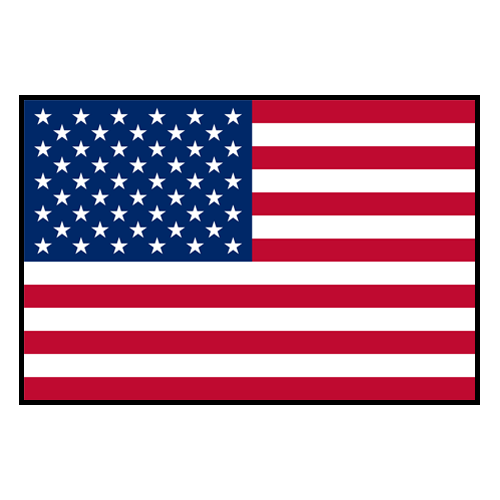 USA: Becky Sauerbrunn (DF), Casey Kruger (DF), Sam Coffey (MF), Mal Swanson (FW), Christen Press (FW), Catarina Macario (FW)
USA: Becky Sauerbrunn (DF), Casey Kruger (DF), Sam Coffey (MF), Mal Swanson (FW), Christen Press (FW), Catarina Macario (FW)
Like England, the U.S. will be without their reliable and even-tempered captain, Becky Sauerbrunn, which means a less experienced centre-back partnership between Naomi Girma and Alana Cook will start. They're good players, but it could potentially throw the defensive balance off. Worse still, the defending world champions are without three inspirational game-changing attackers in Swanson (patella tendon tear), Christen Press (ACL) and Catarina Macario (ACL) and although there is still a stunning amount of attacking depth available to coach Vlatko Andonovski, there is no question the trio will be missed.
Not injured but simply overlooked for the final 23, both Kruger and Coffey have been putting in some outstanding performances this season. Although Coffey, still just in her rookie season, could perhaps rationalize her omission by the return of Julie Ertz to the midfield, Kruger's absence seems all the worse since Sauerbrunn was ruled out.
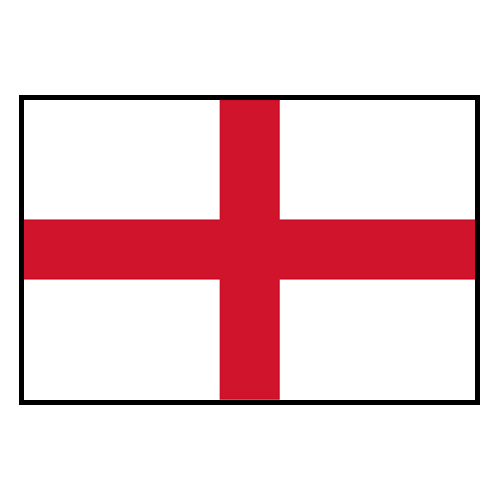 England: Leah Williamson (DF), Fran Kirby (MF), Beth Mead (FW)
England: Leah Williamson (DF), Fran Kirby (MF), Beth Mead (FW)
One of the clear markers of a team managed by Sarina Wiegman is consistency: the Dutch coach wavers from a favoured XI only when injury has forced her hand. And this situation has England, heading into this World Cup without three starters from their successful Euros campaign, on the backfoot.
The Lionesses are first without two attackers (Fran Kirby, Beth Mead) who steadily contributed to unlocking defences up and down the country last summer; more than that, they're players for whom Wiegman has struggled to find suitable replacements. Worse still for the European champions, they will be without captain Williamson, who is not just a defender as much as she is a figurehead of calm and experience.
 Canada: Janine Beckie (FW)
Canada: Janine Beckie (FW)
Canada's struggles in the lead-up to this World Cup have been well-documented -- not least with the team still fighting Canada Soccer over funding and bonuses -- yet there has been a deeper concern of injuries to the forward line. Although both Deanne Rose and Nichelle Prince made the final squad -- despite both suffering Achilles ruptures in the autumn -- Beckie missed out having torn an ACL in March. It's a shame for a player who has frequently contributed huge performances for her nation, scoring 36 goals since her national debut debut in 2015 and being a part of their Olympic gold medal win in 2021.
 Spain: Mapi Leon (DF), Patri Guijarro (MF)
Spain: Mapi Leon (DF), Patri Guijarro (MF)
With the feud between the RFEF/Jorge Vilda and "Las 15" rumbling on since last summer, it was a surprise to see some of the players find a patch of middle ground and return to the fold. However, the majority of "Las 15" still remain on the outside, and although there will always be an argument over whether forward Claudia Pina or defender Laia Aleixandri would feature in such a stacked squad, there is no question Mapi Leon and Patri Guijarro would be regular starters for La Roja.
Recognised as one of the best central defenders and midfielders in the world respectively, their absences stand apart from the others listed as they continue to stand up for their principles and push for better standards -- reminiscent of Norway star Ada Hegerberg's stand against the NFF.
 France: Griedge Mbock Bathy (DF), Amandine Henry (MF), Delphine Cascarino (FW), Marie-Antoinette Katoto (FW)
France: Griedge Mbock Bathy (DF), Amandine Henry (MF), Delphine Cascarino (FW), Marie-Antoinette Katoto (FW)
Les Bleues are another team that has had a well-documented spat with their federation, though things looked to be on the up with the arrival of Herve Renard -- the storied men's manager taking his first women's job back in March -- signalling the return of many first teamers to the squad. Yet their injury woes have recently doubled.
Having lost Katoto to an ACL tear at the start of the Euros last summer, it wasn't a surprise to see her omitted from the team given that she's yet to return to action; the same was true of central defender Griedge Mbock, who has been out since September with a dislocated knee.
Admittedly in and out of form a little over the last season, tricky attacker Delphine Cascarino would surely have made the France squad had she not suffered a ruptured ACL at the end of May. Already without three key players, the news got worse for France when the team confirmed that their world-class midfielder, Henry, would miss out on the World Cup after suffering a calf injury ahead of their send-off game in Ireland last week.
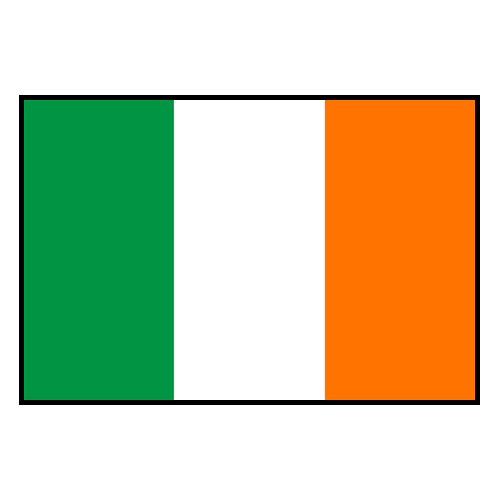 Republic of Ireland: Aoife Mannion (DF) and Leanne Kiernan (FW)
Republic of Ireland: Aoife Mannion (DF) and Leanne Kiernan (FW)
In putting together Republic of Ireland's first-ever Women's World Cup squad, coach Vera Pauw had to balance out injuries and players coming into form; as such, Aoife Mannion was one of the handful who missed out. Having only recently made her debut for the Girls in Green at the age of 26, Mannion would have provided a wealth of WSL experience in the backline, not least with fellow defender Megan Campbell also ruled out due to injury.
There were questions up top too and with Ireland struggling for goals, Leanne Kiernan was left behind. Like many of her teammates she's struggled with injury and although back to fitness, her lack of competitive minutes prior to the tournament was considered a contributing factor.
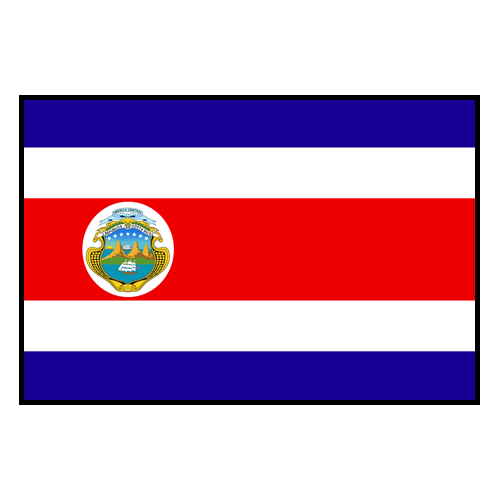 Costa Rica: Shirley Cruz (MF), Noelia Bermudez (GK), Lixy Rodriguez (DF)
Costa Rica: Shirley Cruz (MF), Noelia Bermudez (GK), Lixy Rodriguez (DF)
Having missed out on the World Cup in 2019, many were expecting to see some of the same faces from 2015 in Amelia Valverde's 2023 squad, yet the coach has left out a surprising number of veterans. And although former captain Shirley Cruz, who had semi-retired (albeit with the hope of playing one last tournament before hanging her boots up), missed out on the preliminary roster, there were shocks a plenty when regulars like Lixy Rodriguez, Carolina Venegas and Daniela Cruz dropped off. The same is true for goalkeeper Noelia Bermudez, who would have been the most capped of the trio of shot-stoppers had she been selected.
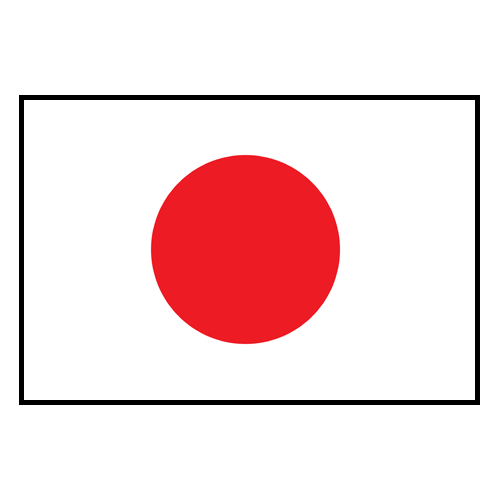 Japan: Narumi Miura (MF), Mana Iwabuchi (MF), Yuika Sugasawa (FW)
Japan: Narumi Miura (MF), Mana Iwabuchi (MF), Yuika Sugasawa (FW)
The second-most-capped player in the current crop, Mana Iwabuchi's 2022-23 season was one to forget, with the enigmatic attacker struggling for minutes after undergoing double ankle surgery last summer. Her omission may not be a total shock, though her experience is hard to replace.
As well as Iwabuchi, the team will be without Miura, who has been impressing in the NWSL with North Carolina Courage. Having focused more on youth since his promotion to the senior team, coach Futoshi Ikeda also opted to leave 32-year-old forward Yuika Sugasawa at home and although this is in keeping with the style of the team, her physicality and relative strong goal-scoring record for Japan (29 goals in 84 appearances) would have been welcome off the bench.
 Denmark: Nadia Nadim (FW)
Denmark: Nadia Nadim (FW)
Although not the only Danish star who failed to make the final squad for the World Cup, Nadia Nadim is the one player who tends to offer something vastly different from her international teammates. Sidelined by an ACL injury, the qualified doctor only just returned to the pitch this month, with the World Cup clearly coming too soon for the experienced attacker who had racked up 38 goals over 103 national team appearances.
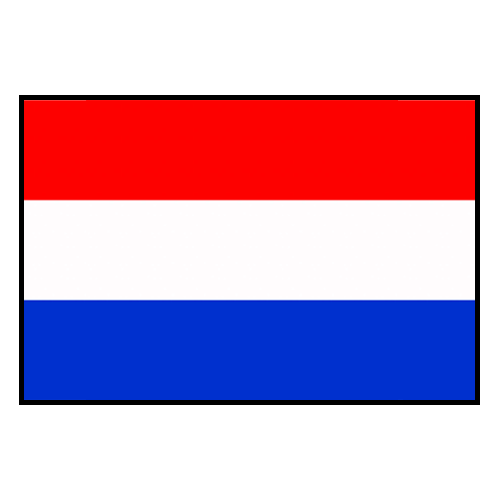 Netherlands: Vivianne Miedema (FW)
Netherlands: Vivianne Miedema (FW)
Another nation that has left its fair share of younger attackers at home, Miedema is very much in the same boat as Nadim, having suffered an ACL injury in December. The difference is that the prolific goal-getter (95 national team goals in 115 appearances) was always clear that she wouldn't be able to make it back in time for this tournament.
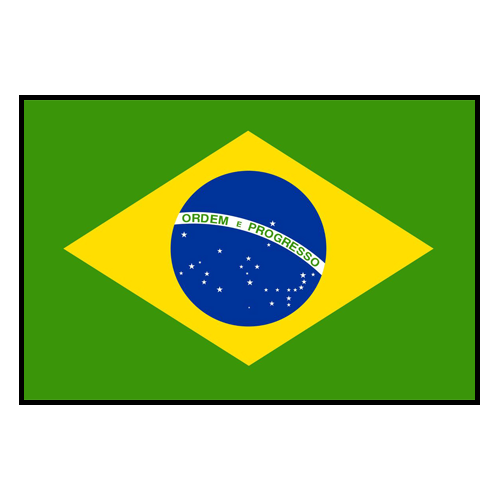 Brazil: Ludmila (FW)
Brazil: Ludmila (FW)
Ludmila might not have been a lock in the Brazil squad -- she has struggled to replicate her club form for her country and had suffered a knee injury in March -- but she is a fun player to watch. We suspect the breathtaking depth of attacking talent that the Selecao are known for should still entertain even in her absence.
 Sweden: Hanna Glas (DF)
Sweden: Hanna Glas (DF)
Out of action since last September after another knee injury, Glas' lengthy recovery time took her out of contention to be back in time for the tournament in New Zealand and Australia. Recognised as a world-class full-back, Sweden will definitely miss her this summer.
 Italy: Sara Gama (DF), Martina Piemonte (FW)
Italy: Sara Gama (DF), Martina Piemonte (FW)
Known by many as Italy's captain and reliable central defender, Gama's omission comes as a surprise, though not a total one. Coach Milena Bertolini is seemingly drifting from selecting Juventus players to picking those from Roma, focusing on league form and integrating more youth into an aging squad.
At the other end of the scale, 25-year-old Martina Piemonte is another attacker to list in the "offers a different profile" category, yet with a very limited number of caps, the striker failed to make the grade this time around.
 Germany: Carolin Simon (DF), Giulia Gwinn (DF/MF)
Germany: Carolin Simon (DF), Giulia Gwinn (DF/MF)
After playing a key role on the right side of Germany's defence at the Euros, Gwinn was dealt her second ACL injury in as many years. Although she was another player who could have battled to return in time for the World Cup, the defender announced at the beginning of June that she wouldn't be able to feature for Germany.
Leaving the team a little slack in the full-back areas, things got worse for the Euro runners-up when, in their send-off game against Zambia, Simon was forced off with her own ACL injury. Although normally a left-back -- a starting position currently occupied by the attack-minded Felicitas Rauch -- Simon offers plenty at both ends of the pitch and would have been a valuable rotation player in Australia.